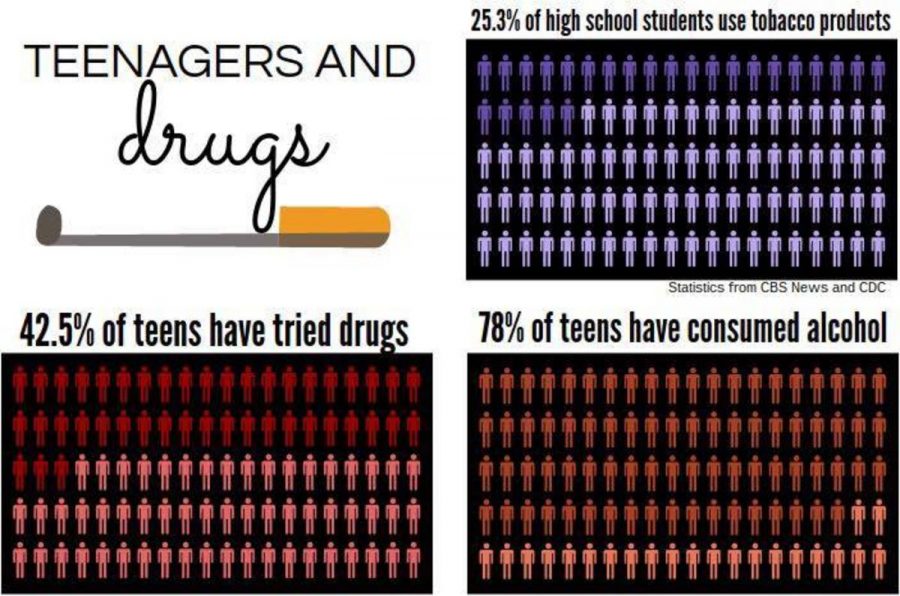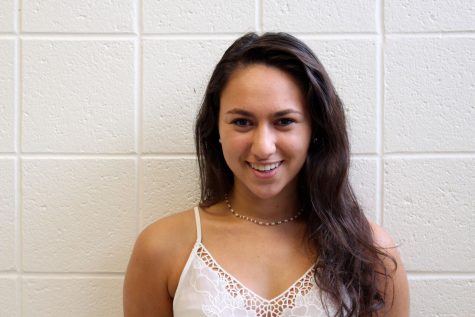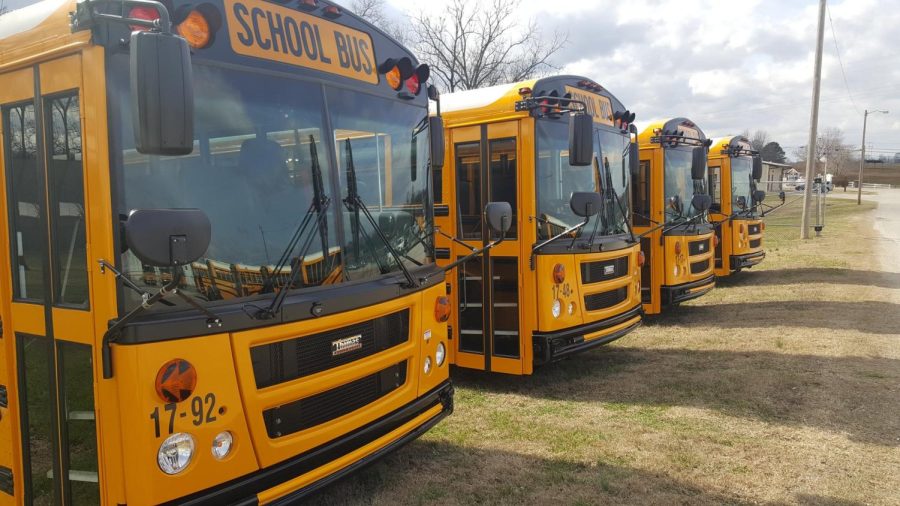Whitman selected to participate in drugs and alcohol survey
December 9, 2016
Students spent 46 minutes filling out a detailed survey on their use of alcohol and narcotics rather than their typical Chinese and Chemistry classes Nov. 30 during second period.
Eleven randomly selected Whitman classes participated in the 2016 Maryland Youth Tobacco Risk Behavior survey. This questionnaire is a fusion of the Youth Tobacco & Risk Behavior Survey and the Maryland Youth Tobacco Survey and seeks to gain information about tobacco and other damaging behaviors in both middle and high school students. This anonymous survey asked about students’ use of drugs, alcohol and tobacco as well as their mental and physical health.
“The school was selected randomly,” assistant principal Rainer Kulenkampff said. “The classes were also selected randomly, despite my efforts to try and not make it random to disturb as little testing as possible.”
Earlier this year, MCPS requested that administrations throughout the county distribute the surveys in order to gain more information about students’ recreational experimentation with illegal substances.
It was highly recommended that students complete the survey, but students could opt out by bringing in a signed parental consent form or refusing to participate.
“We had seven kids opt out in my class,” math teacher Susan Wildstrom said. “Seven of them brought the parent form back in and no other students opted out after I had given them the option in class.”
Students like freshman Jack Middleton felt the survey was important, even if not always applicable to the Whitman community.
“The test was important to gauge how Whitman students are doing,” Middleton said. “It can also determine what ideas Whitman should push.”
While the state allotted a full 46 minutes of class time for the survey, some teachers found that it didn’t take up the entire time.
“It didn’t take my students as much time as they allotted for the students,” English teacher Emily Glass said. “Most of them were finished between 20 to 30 minutes.”
Kulenkampff said the rising use of drugs among teens may have contributed to the county’s motivation for conducting the survey. Twenty five percent of high school students use some form of tobacco product, according to a 2015 CDC study.
“Tobacco is a very addictive substance. It’s bad for you and now there are many ways to consume it,” Kulenkampff said. “I think that the reason the survey went out is that the state and the federal government have allocated money to help create programs to help reduce tobacco and other drug usage.”








